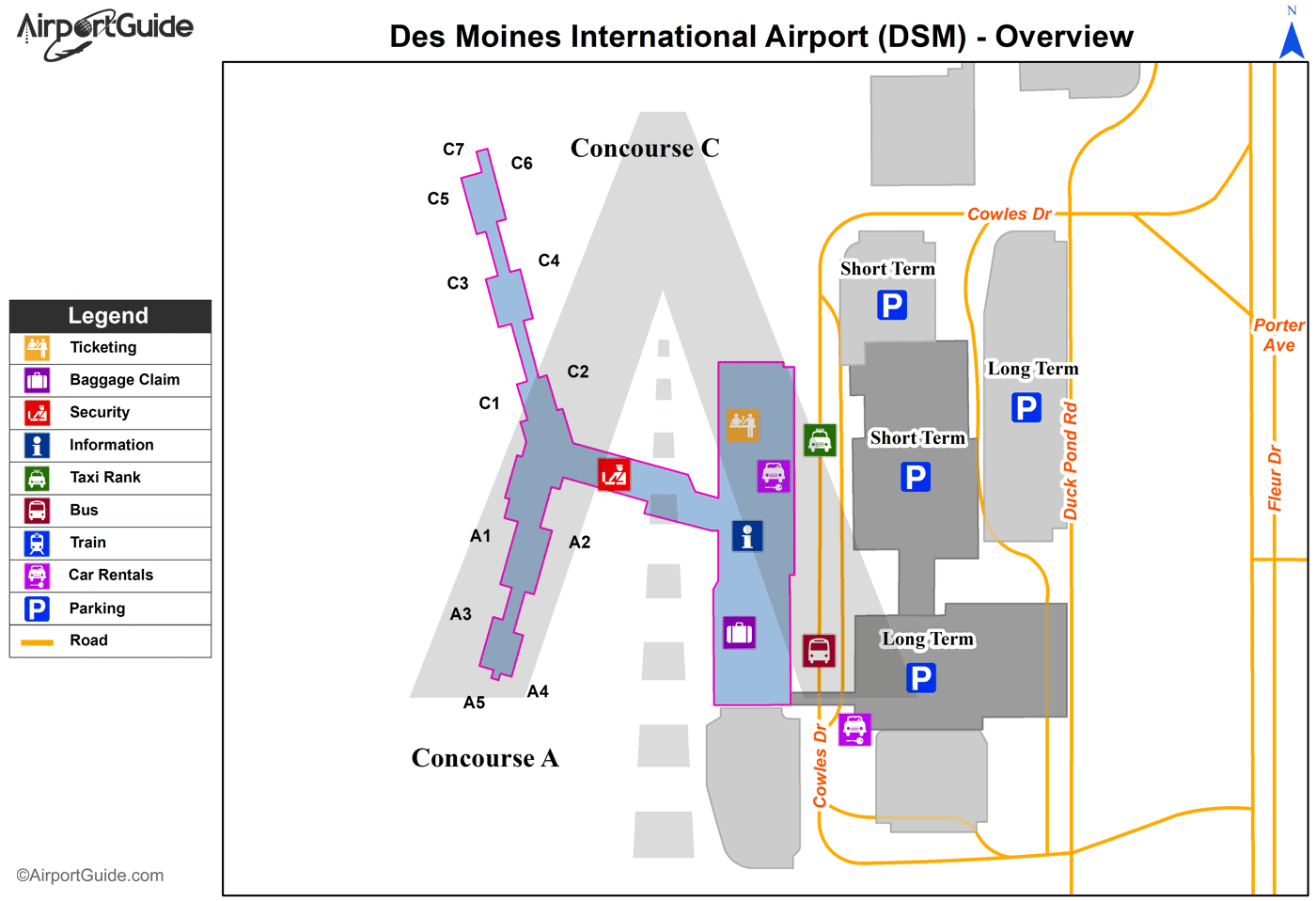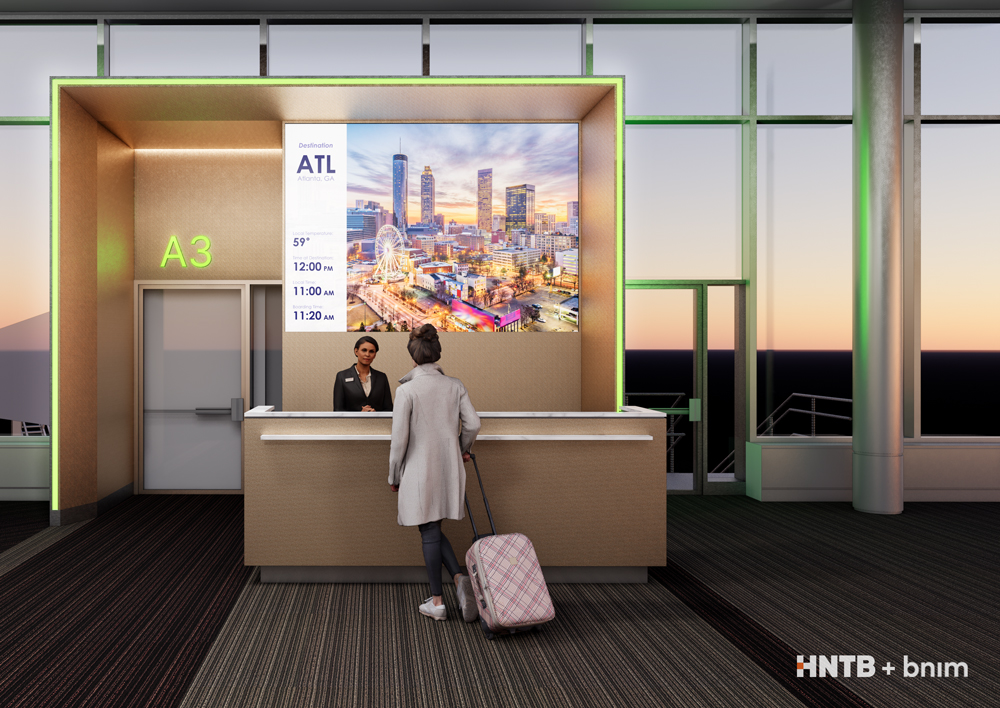“Okay, here is an article about Des Moines International Airport (DSM) in English, aiming for a length of approximately 2000 words.
Artikel Terkait Okay, here is an article about Des Moines International Airport (DSM) in English, aiming for a length of approximately 2000 words.
- Okay, Here Is An Article About Charleston International Airport (CHS) Written In English, Aiming For Approximately 2000 Words.
- Okay, Here Is An Article About Columbia Metropolitan Airport (CAE) In English, Aiming For Approximately 2000 Words.
- Okay, Here Is An Article About Aspen/Pitkin County Airport (ASE) In English, Aiming For Approximately 2000 Words.
- Okay, Here Is An Article About Barcelona-El Prat Airport (BCN) In English, Aiming For Approximately 2000 Words.
- Okay, Here Is An Article About The World’s Busiest Airports, Aiming For Approximately 2000 Words.
Table of Content
- 1 Artikel Terkait Okay, here is an article about Des Moines International Airport (DSM) in English, aiming for a length of approximately 2000 words.
- 2 Video tentang Okay, here is an article about Des Moines International Airport (DSM) in English, aiming for a length of approximately 2000 words.
- 3 Des Moines International Airport (DSM): Gateway to the Heartland and a Hub of Growth
Video tentang Okay, here is an article about Des Moines International Airport (DSM) in English, aiming for a length of approximately 2000 words.
Okay, here is an article about Des Moines International Airport (DSM) in English, aiming for a length of approximately 2000 words.

Des Moines International Airport (DSM): Gateway to the Heartland and a Hub of Growth
Des Moines International Airport (DSM) stands as a vital artery connecting Iowa’s capital city and the surrounding heartland region to the rest of the United States and the world. More than just a collection of runways and terminals, DSM is a critical piece of infrastructure that fuels economic activity, facilitates business and leisure travel, and serves as the first impression for countless visitors arriving in central Iowa. While it may not boast the sprawling scale of mega-hubs like Chicago O’Hare or Atlanta Hartsfield-Jackson, DSM plays an indispensable role in the regional transportation network, characterized by its accessibility, ongoing modernization efforts, and a commitment to serving the needs of a growing metropolitan area.
This article delves into the multifaceted nature of Des Moines International Airport, exploring its history, current operations, passenger experience, economic impact, and ambitious plans for the future.
A Glimpse into History: From Airfield to International Gateway
The story of Des Moines International Airport is intertwined with the evolution of aviation itself and the growth of Des Moines as a regional center. Its origins trace back to the early days of air travel, when the need for dedicated airfields became apparent. The site where DSM now sits was initially developed in the 1930s, a period of rapid advancement in aviation technology and increasing public interest in air transport.
The airport officially opened as Des Moines Municipal Airport in 1933. Like many early airports, it started with relatively modest facilities – a few runways, a small terminal building, and hangars. Its primary purpose was to serve the burgeoning airmail service and provide a base for the nascent commercial airlines of the era. Early carriers like United Air Lines were among the first to establish service, connecting Des Moines to larger cities and the national air network.
World War II significantly impacted the airport. It served as a training base for the U.S. military, highlighting its strategic importance and leading to infrastructure improvements. Following the war, commercial aviation experienced a boom, and Des Moines Municipal Airport grew alongside it. The post-war era saw the introduction of larger, faster aircraft, requiring longer runways and more sophisticated terminal facilities.
The airport underwent several expansions and renovations over the decades to keep pace with the increasing demand. A significant milestone was the construction of a new terminal building in the 1950s, which served the city for many years and was later expanded. As air travel became more accessible to the general public, passenger numbers steadily climbed. The airport’s name was eventually changed to Des Moines International Airport, reflecting its customs facilities and the potential for international flights, although scheduled international service has historically been limited, with most international journeys requiring a connection through a major U.S. hub.
Through various economic cycles and technological shifts in the aviation industry, DSM has adapted. It has seen airlines come and go, aircraft types evolve from propeller planes to regional jets and larger narrow-body airliners, and security protocols become increasingly stringent. Each phase of its history has contributed to shaping the airport into the facility it is today – a critical piece of infrastructure poised for significant future development.

Location and Accessibility: Connecting Central Iowa
Des Moines International Airport is conveniently located approximately five miles southwest of downtown Des Moines. Its proximity to the city center makes it easily accessible for travelers arriving from or heading to the metropolitan area.
The airport is well-connected to the regional road network. Major interstate highways like I-35 (running north-south) and I-80 (running east-west) intersect near Des Moines, and connecting routes like Iowa Highway 5 provide direct access to the airport grounds. This excellent road connectivity is crucial for passengers arriving by car, as well as for ground transportation services.
For those driving to the airport, DSM offers a variety of parking options designed to accommodate different needs and budgets. These typically include:
- Short-Term Parking: Located closest to the terminal, ideal for picking up or dropping off passengers.
- Long-Term Parking: Slightly further away but still within easy reach, offering more economical rates for extended stays. Shuttle services are usually provided from long-term lots to the terminal.
- Economy Parking: The most budget-friendly option, often located a bit further out with frequent shuttle service.
- Parking Garage: Offering covered parking, often at a premium rate, providing protection from the elements.


In addition to private vehicles, DSM is served by various ground transportation providers. Taxis and rideshare services (like Uber and Lyft) are readily available for convenient door-to-door service. Several rental car agencies have counters located within or adjacent to the terminal, allowing arriving passengers to pick up vehicles easily. While public transportation options directly to the terminal might be limited compared to larger cities, the airport’s accessibility via the road network ensures that getting to and from DSM is relatively straightforward for most travelers in the region.
The Terminal Experience: Navigating DSM
The current terminal at Des Moines International Airport, while having undergone various updates over the years, largely reflects design principles from earlier decades. It is a single terminal building with two concourses (Concourse A and Concourse C), connected by a central area housing check-in, security, baggage claim, and some amenities.
Upon arrival at the airport, passengers proceed to the check-in area on the upper level. Airlines operating at DSM have dedicated counters here for passengers who need to check bags or require assistance. Kiosks are also available for self-service check-in.
Security screening, managed by the Transportation Security Administration (TSA), is located centrally. Like all U.S. airports, passengers must pass through security checkpoints, which can experience varying wait times depending on the time of day, day of the week, and travel season. DSM has worked to implement measures to improve the efficiency of the security process.
Once through security, passengers find themselves in the airside area, with access to the concourses. Concourse A and Concourse C house the departure gates. The layout is relatively intuitive, making navigation generally easy compared to complex multi-terminal airports.
The airside area offers a range of amenities to enhance the passenger experience:
- Food and Beverage: Options typically include a mix of quick-service eateries for grab-and-go meals or snacks, as well as sit-down restaurants or bars where travelers can relax before their flight. Offerings often include national chains and sometimes local flavors.
- Retail: Shops usually include newsstands selling periodicals, books, snacks, and travel essentials, as well as gift shops offering souvenirs and last-minute items.
- Services: Free Wi-Fi is available throughout the terminal. Charging stations are provided for electronic devices. Restrooms are conveniently located. Pet relief areas are available for travelers with service animals or pets. ATMs and sometimes currency exchange services are also present.
While the current terminal is functional, its limitations in terms of space, gate capacity, and modern amenities have become increasingly apparent as passenger numbers have grown. This is a key driver behind the airport’s significant future development plans. Despite these limitations, the airport staff and the relatively compact nature of the terminal often contribute to a less stressful travel experience compared to navigating larger, busier airports.
Airlines and Destinations: Connecting the Heartland
Des Moines International Airport primarily serves as a crucial link to major airline hubs across the United States. While it carries the "International" designation, scheduled non-stop international flights are rare; the vast majority of travelers flying internationally from DSM do so by connecting through another U.S. city.
A variety of major U.S. airlines operate at DSM, providing passengers with numerous options for connectivity. These typically include:
- American Airlines: Offering connections to hubs like Dallas/Fort Worth (DFW), Chicago O’Hare (ORD), and Charlotte (CLT).
- Delta Air Lines: Connecting passengers to hubs such as Minneapolis/St. Paul (MSP), Atlanta (ATL), and Detroit (DTW).
- United Airlines: Providing access to hubs like Chicago O’Hare (ORD), Denver (DEN), and Houston (IAH).
- Southwest Airlines: Serving various destinations, often point-to-point or through their network structure, including cities like Chicago-Midway (MDW), St. Louis (STL), and Denver (DEN).
- Allegiant Air: Focusing on leisure travel, offering non-stop flights to popular vacation destinations, often in Florida, Arizona, or other warm-weather states.
- Frontier Airlines: Another low-cost carrier that may offer seasonal or limited service to select destinations.
The specific destinations served from DSM can fluctuate based on airline strategy, passenger demand, and seasonal variations. However, the core function remains consistent: connecting Des Moines travelers to the extensive networks of major carriers, allowing them to reach virtually any destination worldwide with one or two stops. The prevalence of flights to hub cities underscores DSM’s role
